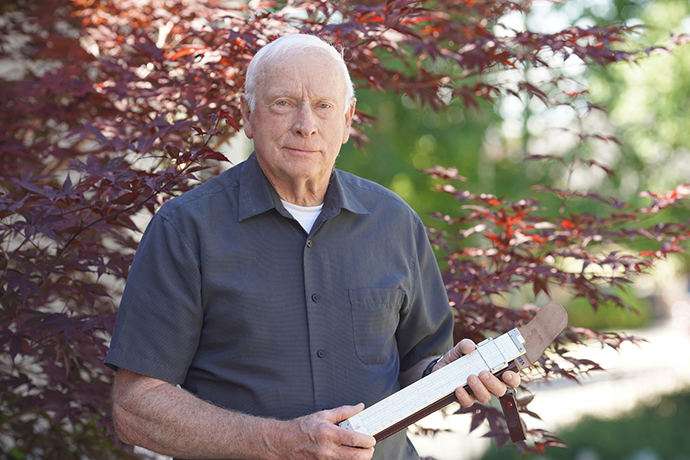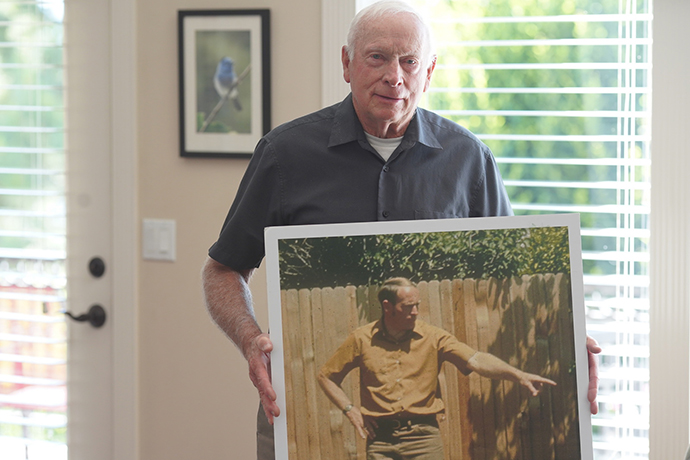2018 CAAS Alumni Hall of Honor Inductee
by Dennis Hinkamp


Vern Jensen Budge grew up in rural Idaho, doing his part in the family beekeeping business: an undertaking that requires focusing as much attention on natural surroundings as on the bees themselves.
“I was working outside all the time,” he says. “That’s probably where I got my attraction to landscapes.”
After high school graduation, Budge left Malad to attend Snow College where he played football for 2 years before serving an LDS mission in what was then called the Western States Mission. He enrolled in engineering at Utah State University, but transferred to landscape architecture, graduating in 1965. Graduate school took Budge away from the familiar landscapes of the West to the University of Illinois Urbana-Champaign, where he earned his master’s degree in urban planning and architecture in 1968. Later that year, he returned to USU as a part-time instructor and was eventually offered a full-time faculty position. He invested the next 35 years in the department and its students, and retired in 2003.
Budge recalls the 1970s as a period of rapid change in landscape architecture―the department and the profession―as greater environmental awareness took hold, fueled by the publishing of Rachel Carson’s Silent Spring. The advent of computers becoming more accessible, and then ubiquitous, helped drive a shift from site planning to large-scale environmental planning. The department attracted students from all over the United States and Canada. As years went by, enrollment in the department trended toward more in-state students, but the accreditation of a master’s degree in landscape architecture drew more national and international students who brought a wide range of experiences and aesthetic sensibilities to the creative and collaborative program.
Budge recalls the early years of the department, when it was housed in USU’s Mechanical Arts Building (demolished in 1984). It was situated on a beautiful site south of Old Main, but the building itself was falling apart.

“So they didn’t much care what we did with it,” Budge says. “Some students painted the walls whatever color they wanted and others enjoyed repeatedly throwing a javelin into one of the decaying walls. We enjoyed being on that corner of the campus and having a view across the Quad. There were a lot of activities on the Quad, and we had a lot of football games after class out there. In fact, we as a faculty liked to join in. It was a lot of fun. We had a good time with the students and enjoyed being with them. The faculty wasn't that much older than the student body at that time.”
“We were in the classroom with our students for 4 years―sitting next to them and visiting with them, working with them, and going on trips with them. They became like family. That was a huge plus for the department over those many years, and as a result the students felt a personal connection with the university and the department. I think it was unique at the time, and I hope that environment continues at the present time. They were great, great days.”

